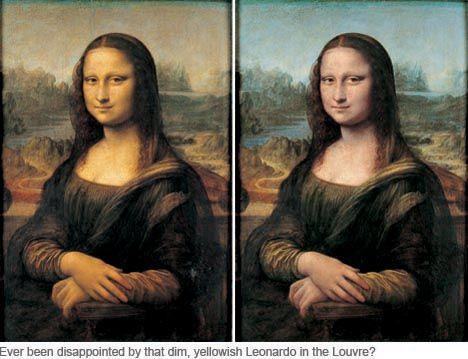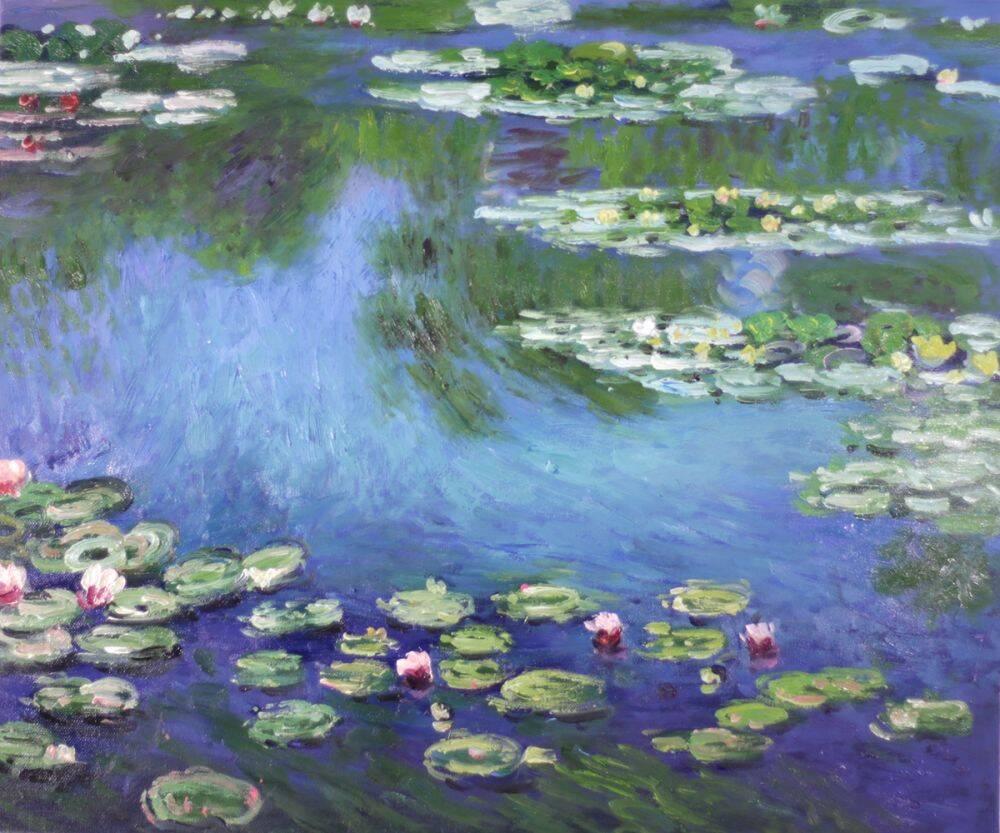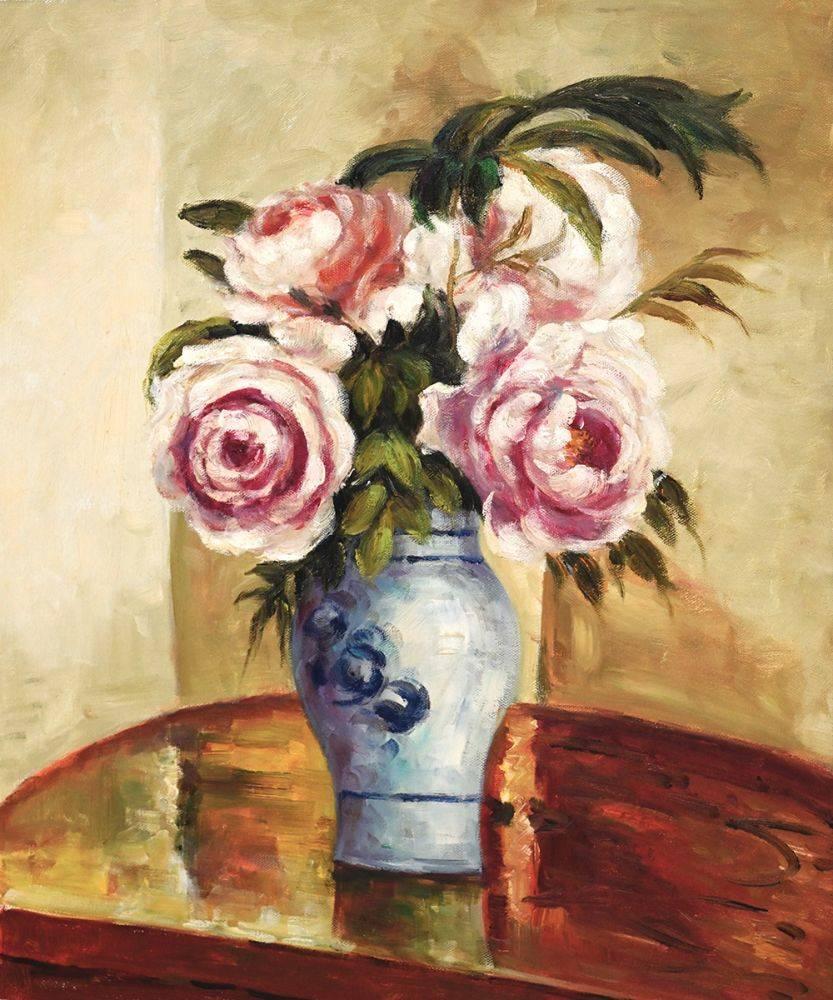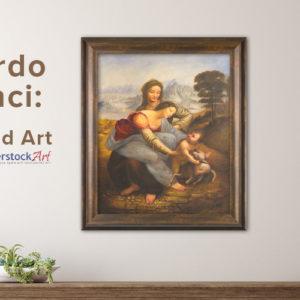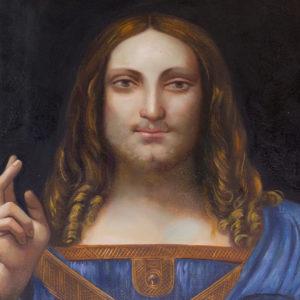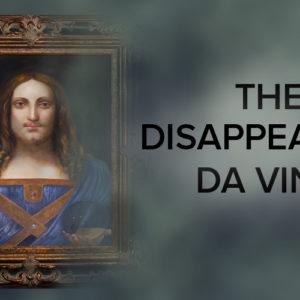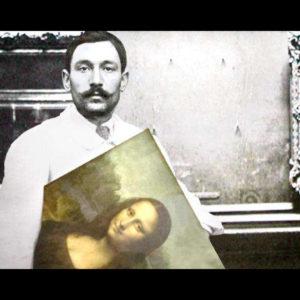Art
Art Reflections
The Mona Lisa Gets A Face Lift
 Completed between 1503-06, the Mona Lisa, recently underwent a much needed restoration. After five hundred years of preventative wear and tear, the Louvre moved in collaboration with the Laboratoire du Centre de Recherche et de Restauration des Musées de France and the European Synchrotron Radiation Facility to chemically analyze the world-famous painting. For decades the Louvre was nervous regarding possible damage to the careful layering of the painting. Researchers discovered that da Vinci used up to 30 layers on the famous work. It is theorized that he used walnut or linseed oil in application of opaque lighter colors over darker layers.
Completed between 1503-06, the Mona Lisa, recently underwent a much needed restoration. After five hundred years of preventative wear and tear, the Louvre moved in collaboration with the Laboratoire du Centre de Recherche et de Restauration des Musées de France and the European Synchrotron Radiation Facility to chemically analyze the world-famous painting. For decades the Louvre was nervous regarding possible damage to the careful layering of the painting. Researchers discovered that da Vinci used up to 30 layers on the famous work. It is theorized that he used walnut or linseed oil in application of opaque lighter colors over darker layers.
Those who have seen photos or the Mona Lisa in person may argue that the restoration steals from the original. What hundreds of generations past have known of the famous work by da Vinci is the monochromatic yellowing that comes with age and is associated with antiquity. Others would argue that the Mona Lisa, newly restored, as fresh from the easel as the day da Vinci applied the last layer is how the work should be experienced. Would da Vinci be honored and proud that his work has been thusly preserved? Most argue it to be the case.
Regardless of our feelings about “to restore or not to restore,” the Mona Lisa is a classic treasure which future generations will continue to enjoy, exploring the mysteries surrounding her creation. But just what is her secret?
Da Vinci’s Self-Portrait or “Light-Hearted Woman”
 It is known that Leonardo da Vinci loved the painting so much that he carried it with him during his travels. What is the mystery behind the famous smile? The Mona Lisa is also know as La Gioconda from the Italian gioconda, or “light-hearted woman.” Is she another countryside Lady, or perhaps da Vinci himself? ABC news publicly reopened the question regarding the identity of the person portrayed in the portrait. A leading group of scientists and art historians at Italy’s National Committee for Cultural Heritage is said to be unarchiving the artist’s skull from his burial site in France. They plan to utilize CSI technology to analyze and map the skull, comparing it to the dimensions of the face in the Mona Lisa. Those interested in the theory in the past have compared da Vinci’s features in his self-sketches to the Mona Lisa. What do you think?
It is known that Leonardo da Vinci loved the painting so much that he carried it with him during his travels. What is the mystery behind the famous smile? The Mona Lisa is also know as La Gioconda from the Italian gioconda, or “light-hearted woman.” Is she another countryside Lady, or perhaps da Vinci himself? ABC news publicly reopened the question regarding the identity of the person portrayed in the portrait. A leading group of scientists and art historians at Italy’s National Committee for Cultural Heritage is said to be unarchiving the artist’s skull from his burial site in France. They plan to utilize CSI technology to analyze and map the skull, comparing it to the dimensions of the face in the Mona Lisa. Those interested in the theory in the past have compared da Vinci’s features in his self-sketches to the Mona Lisa. What do you think?
Some have theorized that the Mona Lisa is a member of the Medici family – famous art patrons who are notably portrayed in many master’s works during the Renaissance. Mona is said to be a polite form of address for my Lady. Perhaps the relative is Isabella of Naples, Costanza d’Avalos – who was also called the “merry one” or La Gioconda, or Isabella d’Este. In Giorgio Vasari’s biography of Leonardo published in 1550, he states “Leonardo undertook to paint, for Francesco del Giocondo, the portrait of Mona Lisa, his wife…” Similar varying notations of identity are referenced by other reputable sources, including Agostino Vespucci revealing Lisa del Giocondo as the sitter. The solution may not be that it is da Vinci himself, but rather a blend of the sitter and da Vinci’s likeness.
Da Vinci was a philosopher, mathematician, scientist and artist whose vast knowledge has added to our achievements in science and medicine, noting particularly the anatomical drawings of the artist. It would not be an unlikely hypothesis that the artist incorporated aspects of himself in this famous masterpiece. The wry smile of Mona Lisa, whether da Vinci in drag or Medici patron, will continue to inspire new generations in a new light.
